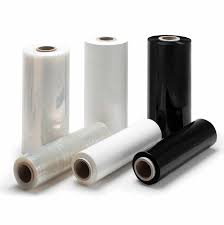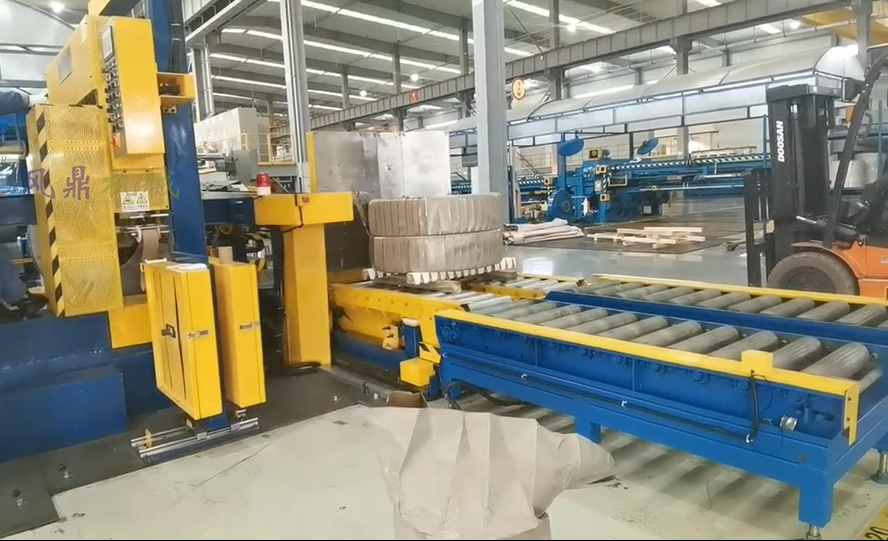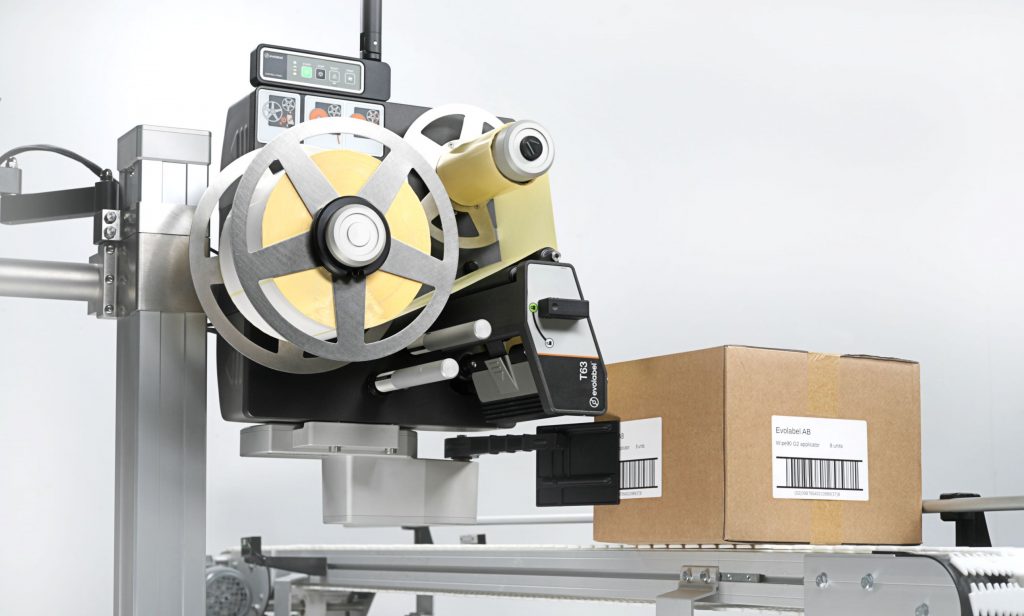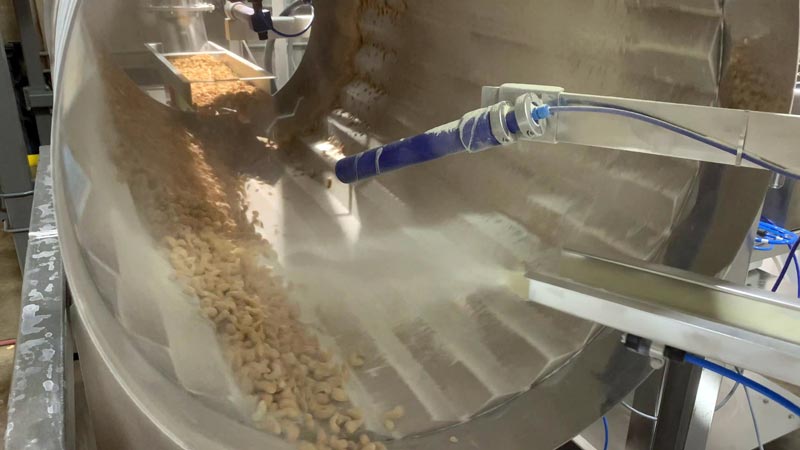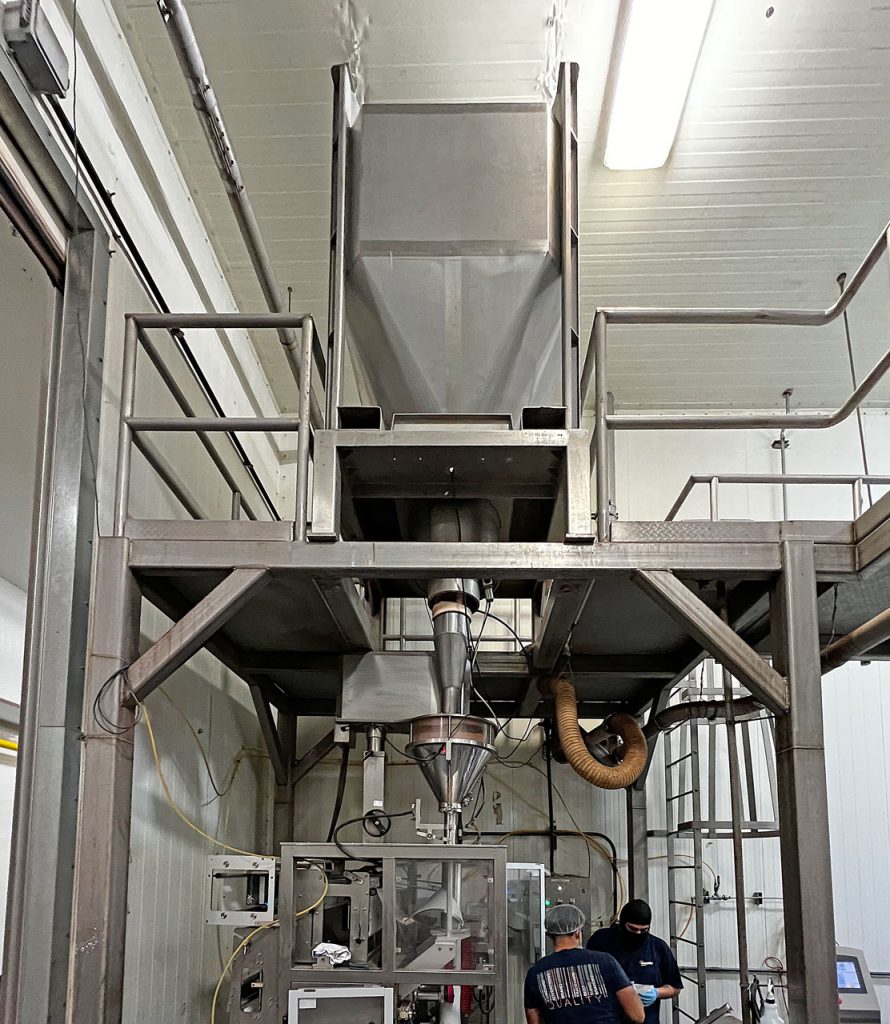Stretch film is a commonly used packaging material, but its production and disposal can have negative impacts on the environment. To make stretch film more sustainable, consider the following:
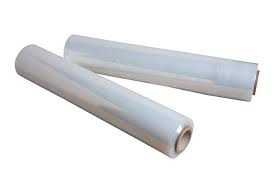
Recycling: Stretch film can be recycled, reducing the amount of waste in landfills.
Downgauging: Using thinner stretch film can reduce the amount of material used, thus reducing the environmental impact.
Biodegradable alternatives: Biodegradable stretch film made from plant-based materials can break down in the environment, reducing long-term waste.
Reduce usage: Minimizing the amount of stretch film used in packaging by using alternatives such as reusable containers can reduce the environmental impact.
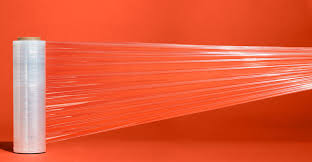
Overall, a combination of reducing usage and transitioning to more sustainable materials and production processes can help make stretch film a more eco-friendly option.
